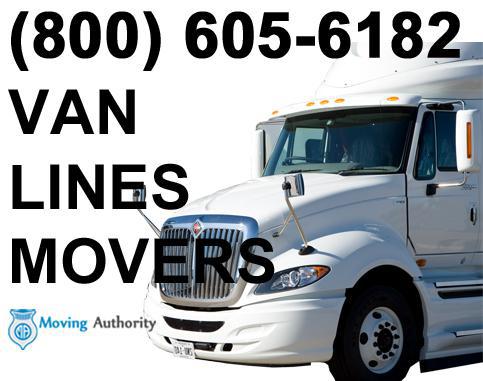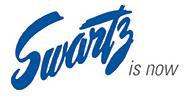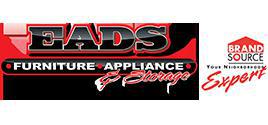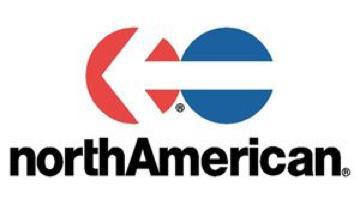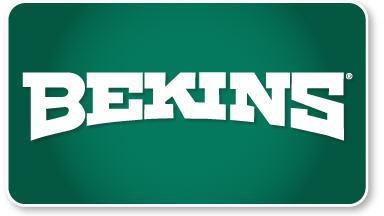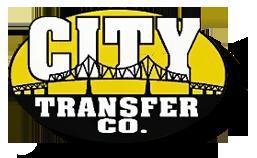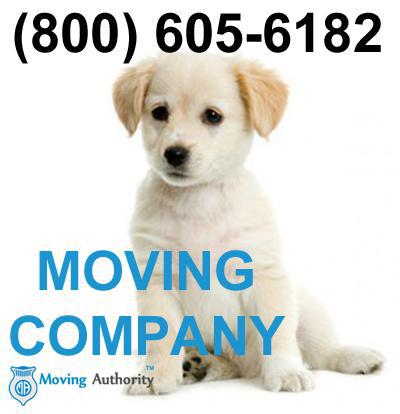Oregon Movers Top Rated
(888) 787-7813104 Movers in Oregon
Page 1/7
Your Reliable Oregon Moving Company
When you hire a
A moving cost estimate for
The Cheat Sheet to Corporate Moving: What You Need to Know
- Whether you’re relocating to a new office space or you’re expanding to an extra location, corporate moves are an integral piece of the puzzle when your business is successful.
- You will need moving companies in Oregon who are specialized in relocating corporate clients, with skills like breaking down cubicles, custom crating on sensitive items like computers, and the ability to transport large items like network servers.
- It may be attractive to go for that super-low price offered by a moving
company, but really think about it before you make that decision. Your business is your livelihood, and while everyone loves to save money where they can, putting your corporation in the hands of a potentially rogue mover is not the smartest decision. You get what you pay for in the moving industry, so make sure to choose wisely. - To make your move to Oregon as efficient as possible for everyone involved, do your part to plan ahead where each item should be moved
in the new location. This way, your movers Oregon will have a guide when they’re bringing in all your items and they will be able to move things in right where they should be.
5 Unique Restaurants You Can’t Miss in Portland
- Broder: A Scandinavian-inspired spot with Swedish hash, Danish pancakes, and world-class cocktails.
- Grilled Cheese Grill: What’s better than melted cheese? Melted cheese on bread. Get your fill of this iconic American dietary staple here.
- Korean Fried Chicken:
Who ever heard of such a thing? Ask any Portlander,thy’ll tell you that this place is finger-licking good. - Blue Star Donuts: These guys make a doughnut with
cointreau syrup. Need we say more? - Smallwares: You’re hard-pressed to find a person who doesn’t love General Tso chicken. Here, you can get it on a sandwich.
Putting the EASE in Overseas: How to Have the Best International Move
- When you’re moving internationally, the moving services required are more intensive than that of a standard move.
- Moving Authority makes sure to provide information about planning and logistics to better serve customers and ensure that nothing is broken or damaged.
- Moving internationally can be long-term and require lots of paperwork, including visa provisions.
- It can also be short-term, which will require storage services on American soil.
- Let the experts at Moving Authority handle all the confusion including required paperwork, translation services, and quotes for the most accurate moving price possible.
- Once you’ve selected the moving company of your choice through Moving Authority, sit back and look forward to your next big adventure in a new place.
4 Natural Wonders of Oregon That Will Change You
- Crater Lake: swim, kayak, camp, fish, and look out at the views
- Mt. Hood: ski, snowboard, or even slide down the mountain in an inflatable neon snow tube!
- Painted Hills: view millennia of science and history with just one glance at this natural wonder of how our world has taken shape over millions of years.
- The Wallowas: canyons, mountains, trail, and glimmering lakes; this treasure trove of landscapes will take your breath away.
Movers By City in Oregon
Do you know?

- A moving company, removalist, or van line are all companies that help people as well as other businesses to move their goods from one place to another. With many inclusive services for relocation like packing, loading, moving, unloading, unpacking and arranging of items can all be taken care of for you. Some services may include cleaning the place and have warehousing facilities.
- According to the U.S. Census Bureau, 40 million United States citizens have moved annually over the last decade. Of those people who have moved in the United States, 84.5% of them have moved within their own state, 12.5% have moved to another state, and 2.3% have moved to another country.
- In the United States and Canada, the cost for long-distance moves is generally determined by a few factors. The first is the weight of the items to be moved and the distance it will go. Cost is also based on how quickly the items are to be moved, as well as the time of the year or month which the move occurs. In the United Kingdom and Australia, it's quite different. They base price on the volume of the items as opposed to their weight. Keep in mind some movers may offer flat rate pricing.
- Many people are familiar with this type of moving, using truck rental services, or borrowing similar hardware, is known as DIY moving. Whoever is renting a truck or trailer large enough to carry their household goods may obtain moving equipment if necessary. Equipment may be items such as dollies, furniture pads, and cargo belts to protect furniture and to ease the moving process.
- As most people have experienced, moving does involve having the appropriate materials. Some materials you might find at home or may be more resourceful to save money while others may choose to pay for everything. Either way materials such as boxes, paper, tape, and bubble wrap with which to pack box-able and/or protect fragile household goods. It is also used to consolidate the carrying and stacking on moving day. Self-service moving companies offer another viable option. It involves the person moving buying a space on one or more trailers or shipping containers. These containers are then professionally driven to the new location.
- There many reasons for moving, each one with a unique and specific reason as to why. Relocation services, employee relocation, or workforce mobility can create a range of processes. This process of transferring employees, their families, and/or entire departments of a business to a new location can be difficult. Like some types of employee benefits, these matters are dealt with by human resources specialists within a corporation.


